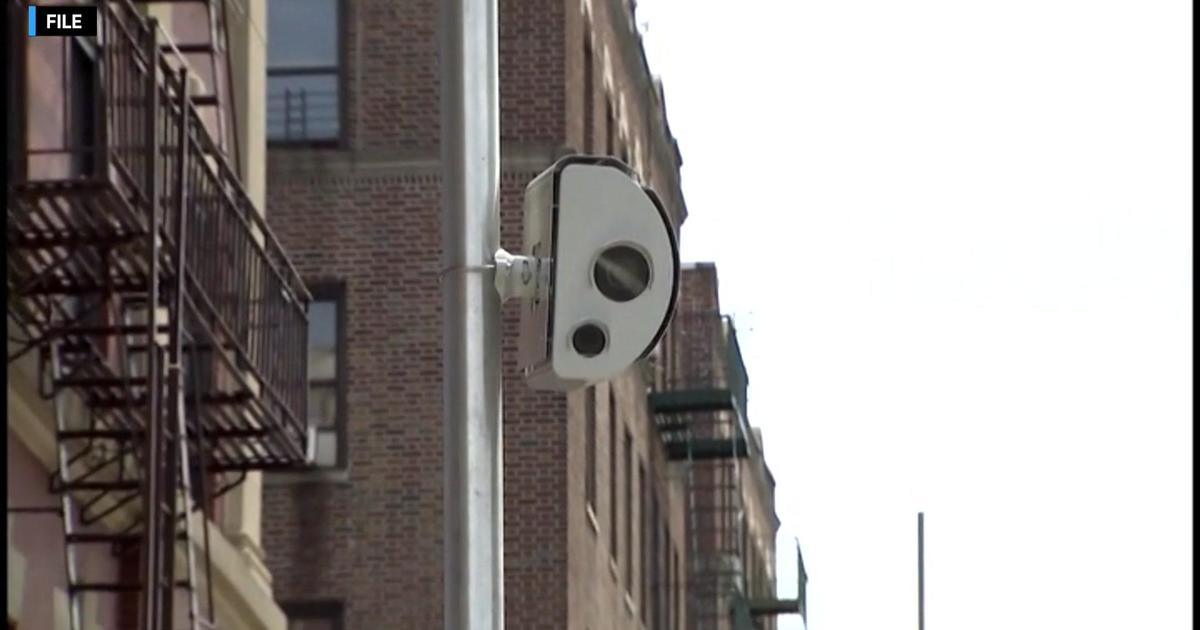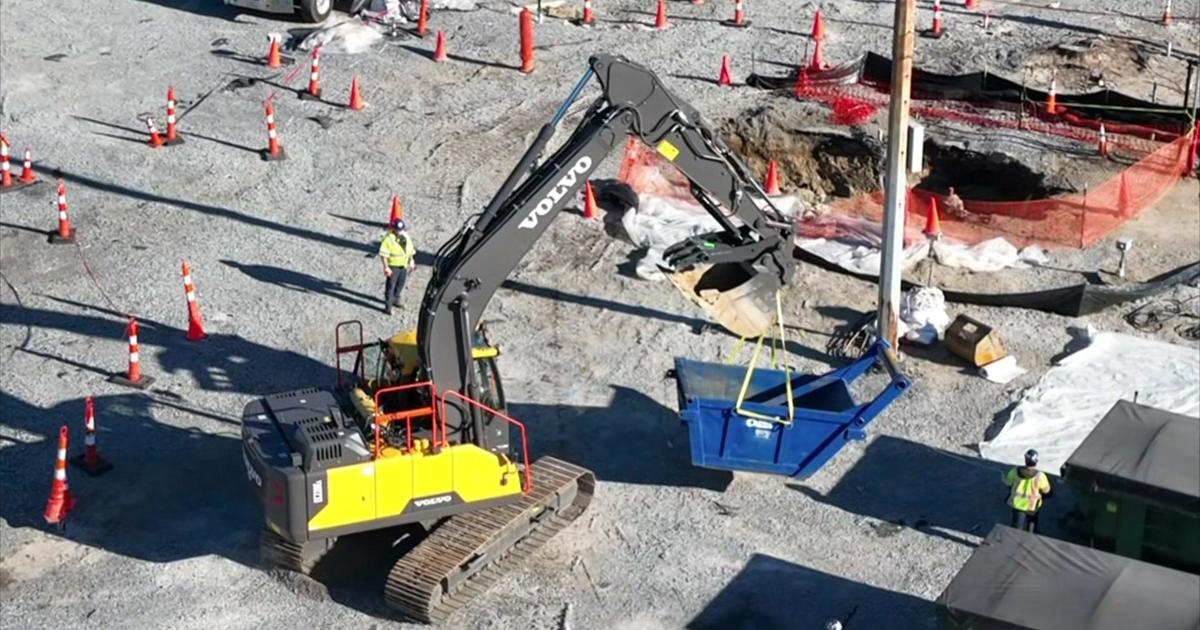Second Phase Of Hudson River PCB Dredging Getting Underway
FORT EDWARD, NY (AP / CBSNewYork) - A fleet of barges and tugs will hit the upper Hudson River soon to begin the main phase of a massive, multi-year dredging designed to finally rid the river of its most infamous pollutant.
WCBS 880's Ginny Kosola: It's One Of The Largest Federal Superfund Projects Ever
Podcast
General Electric Co.'s PCB cleanup along the thin stretch of river just south of the Adirondacks could run well over $1 billion and last five or more years. It will be one of the largest and most complex federal Superfund projects ever.
Environmentalists and federal regulators see this second phase of Hudson dredging as the crowning achievement of a decades-long effort to clean the river and make its fish safe to eat. Residents of this hilly area of woods and farms remain divided on whether the cleanup is needed - but they are more united in bracing for a series of busy, noisy summers on the river.
"I just think, `Is my summer going to be ruined? Am I going to have to keep my window closed so I don't hear the noise?''' said Kathy Burke, drinking coffee with her husband in a village diner.
"On the other hand, we'll probably get used to it,'' her husband, Mike Burke added. "It will be like white noise.''
The Burkes, who live by the connecting canal being used by cleanup crews, favor a clean river but question whether dredging makes sense before separate work to stop underground PCB leaks into the river is finished.
This year, GE plans to remove 350,000 cubic yards of sediment - enough to fill more than 100 Olympic-sized swimming pools - along a 2-mile stretch of river by the end of fall. Crews will return to the river each spring until all 2.65 million cubic yards of targeted sediment is removed along a 40-mile stretch north of Albany. The Environmental Protection Agency expects the project to take five to seven years.
"This is when we're going to get most of the PCBs out of the river,'' said EPA regional administrator Judith Enck. "So this is the Hudson's best chance at recovery.''
GE plants upriver discharged about 1.3 million pounds of PCBs, or polychlorinated biphenyls, over three decades ending in 1977, leading the EPA to declare the river a federal Superfund site in 1984. The gooey PCBs once used as coolants in electrical equipment are a suspected carcinogen and the upper river is considered so polluted that health officials warn people not to eat the fish.
Fairfield, Conn.-based GE waged an aggressive public battle against dredging as the cleanup was being considered by the EPA, but began negotiating with the agency after it called for dredging in 2002.
The company oversaw the cleanup of about 10 percent of the contaminated sediment in 2009 then paused for a year to give independent scientists time to assess the work.
A few issues stood out. The contamination was deeper and more concentrated than expected and workers often dug into buried logs and other debris, which slowed the cleanup. The work also led to higher-than-desired levels of PCBs released into the water.
Results of the first phase gave ammunition to people on both sides of the dredging debate. Opponents said the PCBs re-released into the river reinforced the wisdom of leaving the contaminants buried. Supporters pointed out the end result: 35,000 pounds of PCBs permanently removed from the river.
This year, crews will cut deeper to remove more contamination with fewer passes - a practice designed to increase efficiency and kick up fewer PCBs. Some contaminated areas that can't be dredged will be capped. GE hopes to dredge out 24 percent more sediment this year than in 2009.
The process will look the same from the shoreline. Dredging buckets will chomp up contaminated river sediment and dump it on barges around the clock, six days a week. The contaminated sediment will be shipped a short ways on the Champlain Canal to a sprawling "dewatering'' plant, where it will be pressed dry there and then shipped by train to one of several burial sites outside of New York.
The water will be treated.
GE spokesman Mark Behan said every effort is being made to minimize noise and nuisance, right down to extra-quiet generators and lights that will narrowly illuminate the water but not the shore. "Every precaution that can be taken,'' Behan said, "yet allow the project to go forward.''
GE and its subcontractors will employ about 500 workers, which will make the operation one of the larger local employers.
The cleanup timetable was set back by several weeks because of heavy spring flooding on the upper river and the canal. But GE still believes it can hit its 2011 goal before the season ends.
A spokeswoman for the EPA said Friday the agency expects work can begin this week if the water levels continue to fall, and Behan said equipment is already being staged near the river.
If all goes as planned, the river will be quieter and cleaner in less than eight years. But advisories limiting fish consumption from the upper river are expected to remain for a long time as PCB levels in fish slowly tail off.
"It's going to take decades for the damage to be reversed,'' Enck said. "We are looking at the long frame here.''
(TM and Copyright 2011 CBS Radio Inc. and its relevant subsidiaries. CBS RADIO and EYE Logo TM and Copyright 2011 CBS Broadcasting Inc. Used under license. All Rights Reserved. This material may not be published, broadcast, rewritten, or redistributed. The Associated Press contributed to this report.)



